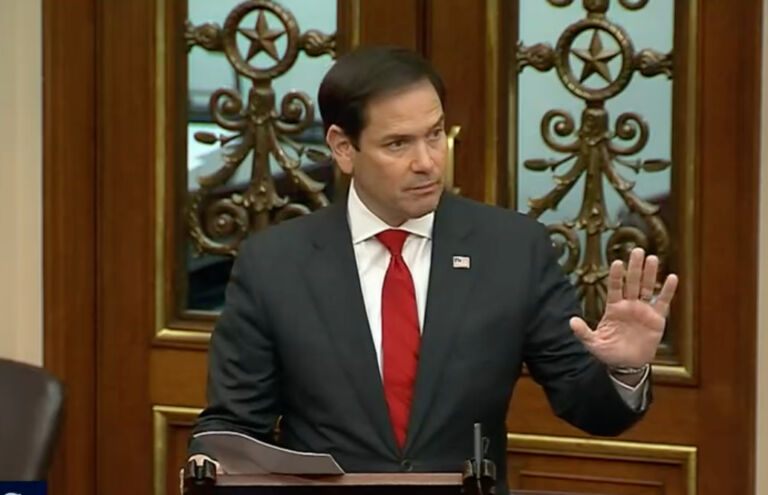David Harsanyi of the Federalist pans the current fad of “national conservatism.”
Since a civil war is about to break out and destroy the modern Republican Party — fingers crossed — let me tell you what grinds my gears.
Young NatCons, many of whom I know and like, seem to be under the impression that they’ve stumbled upon some fresh, electrifying governing philosophy. Really, they’re peddling ideas that already failed to take hold 30 years ago when the environment was far more socially conservative and there were far more working-class voters to draw on. If Americans want class-obsessed statists doling out family-busting welfare checks and whining about Wall Street hedge funds, there is already a party willing to scratch that itch. We don’t need two.
“National conservatism”— granted, still in an amorphous stage — offers a far too narrow agenda for any kind of enduring political consensus. It lacks idealism. It’s a movement tethered to the grievances of a shrinking demographic of rural and Rust-Belt workers with high school degrees at the expense of a growing demographic of college-educated suburbanites.
The “New Right” loves to mock “zombie Reaganism.” Well, the ’80s fusionist coalition, which stressed upward meritocratic mobility, free markets, federalism, patriotism, and autonomy from the soul-crushing federal bureaucracy, was by all historical measures more successful than the Buchananism that followed or Rockefellerism that preceded. Zombie Reaganism was a dramatic success not only in 1980 but also in 1994 and again in 2010 and 2014. The “shining city on a hill” might sound like corny boomerism, but it’s still infinitely more enticing than the bleak apocalypticism of Flight 93.
Too many conservatives misconstrued Donald Trump’s slim 2016 victory as a national realignment. It was a mirage. Trump, a uniquely positioned celebrity candidate, benefitted not only from Obama fatigue but, more than anything else, the cosmic unlikability of Hillary Clinton.


